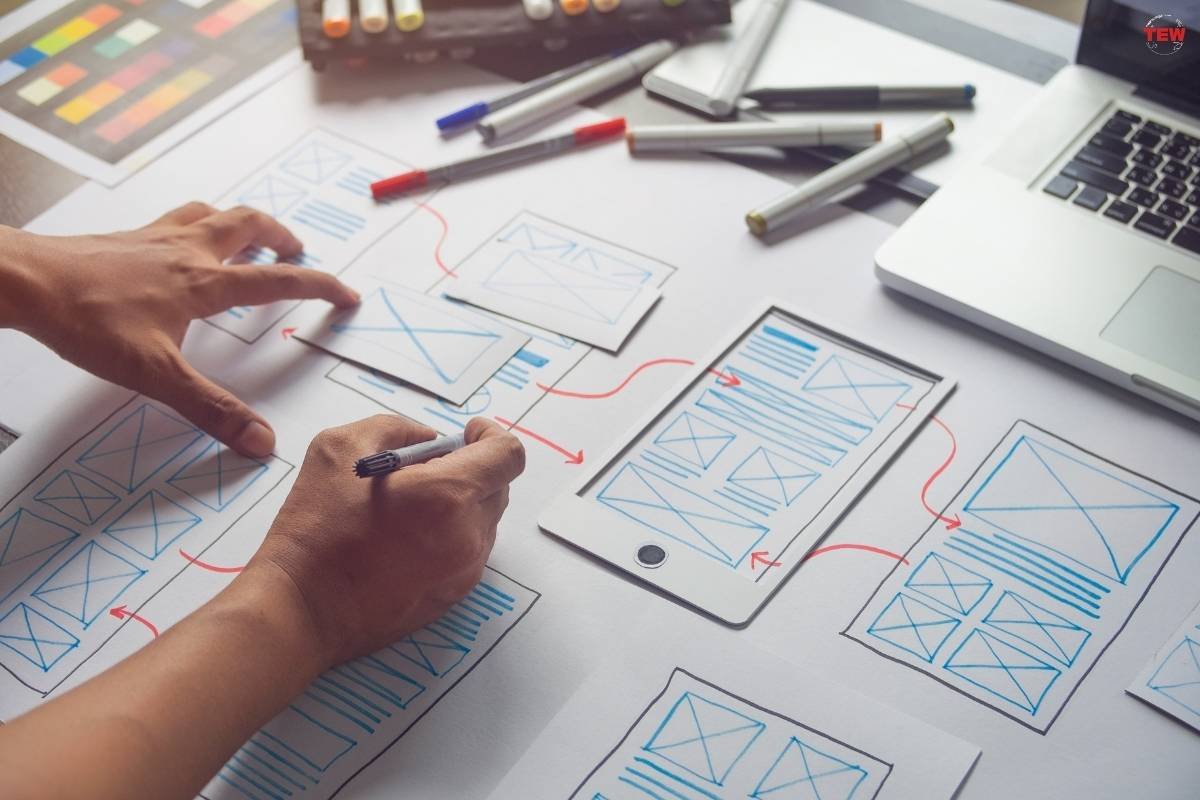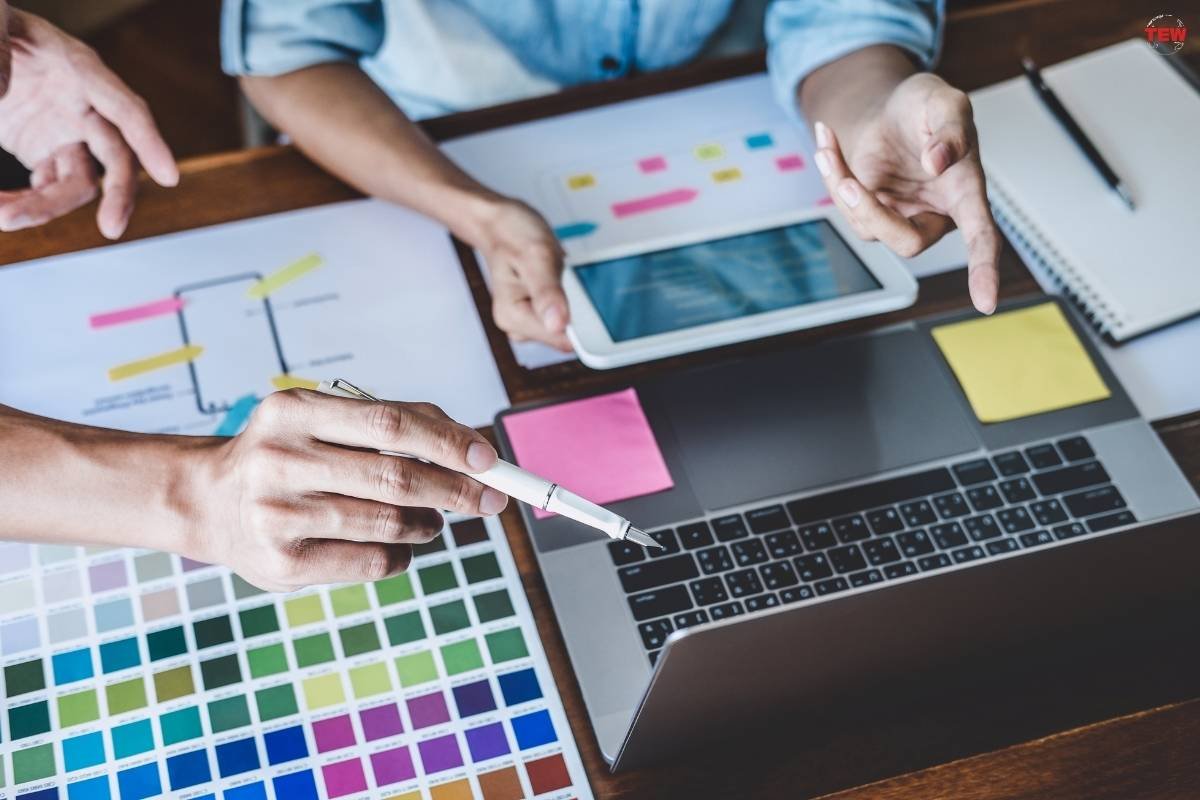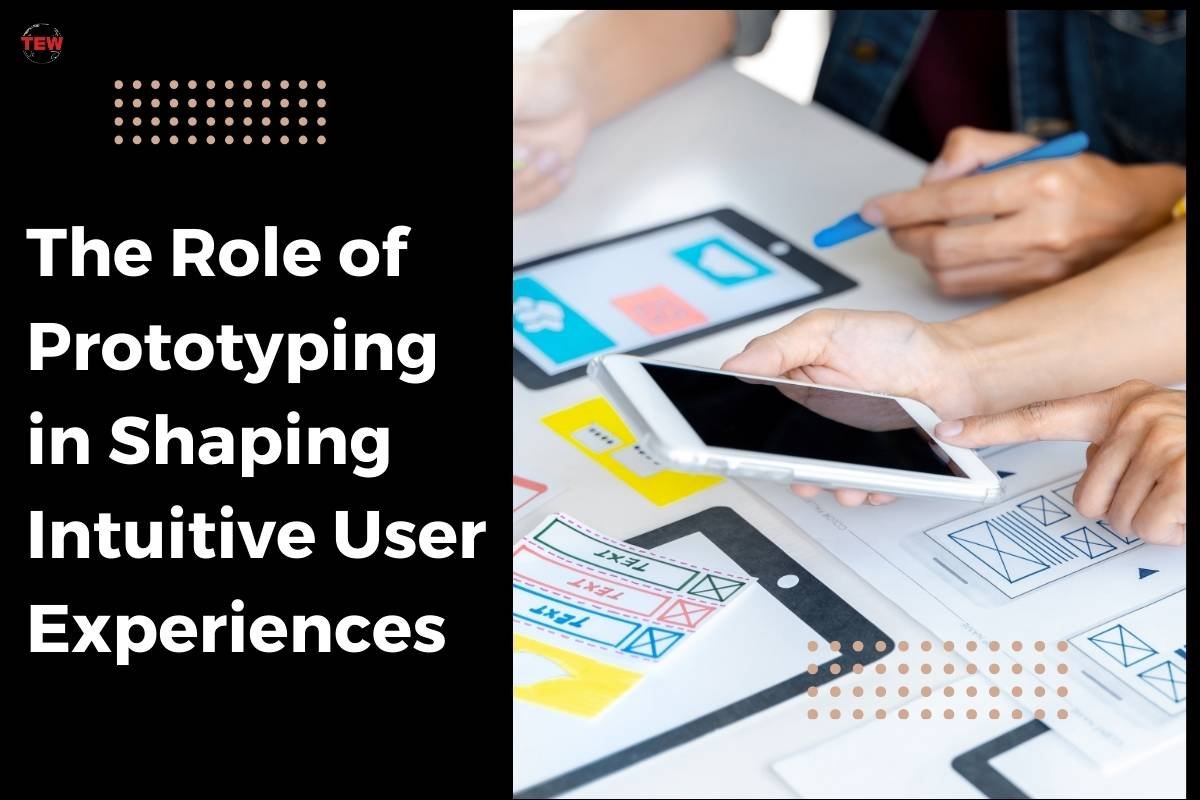Prototyping is akin to the MVP of user experience design, representing a low-fidelity but interactive model to test and refine design ideas. With prototyping, it’s easier to spot and fix user pain points before investing resources into the development. Giving way to a shared vision, prototypes act as a common language between designers, developers, and stakeholders to foster better collaboration.
Going from conceptualization to deploying the product, prototyping is the first checkpoint where at least the product’s design preferences are standardized for future development.
Let’s take an in-depth look at the role of prototyping in shaping user experiences.
What is Prototyping in UX/UI Designing?
Prototyping is creating a preliminary product model or sample design for idea testing and validation. It helps visualize the final product, allowing developers and designers to explore and refine the concepts before progressing to full-scale development.
Prototypes are meant to be changed and improved; each finalized element is akin to taking the next step in the design process. Continuous refinement results in finalizing a user-friendly solution.
According to Interaction Design, it costs $1 to evaluate design usability through early paper prototyping. It costs $10 to fix usability issues with high-fidelity prototypes, but to fix the code and the cost of lost revenue to fix a design error in the final product is $100.
Two types of prototypes are created;
- Low-Fidelity Prototype: A rough sketch built on paper or a digital tool focusing on capturing core concepts and interactions.
- High-Fidelity Prototype: High-fidelity prototypes are interactive designs that closely resemble the final product. These are highly functional and clickable prototypes used for testing usability and identifying workflow issues.
Benefits of Prototyping in Shaping User Experience
By incorporating prototyping through the design process, businesses are investing in the future of user experience, ensuring an intuitive and engaging product experience.
1. Early Visualization
A significant role of prototyping is providing a tangible and visual representation of the final product. The rough sketches take the design from a mere textual description to wireframes, bringing them to life.

The prototypes include layout interaction with interface elements to get a sense of the overall flow. Through these early designs, it’s easier to catch inconsistencies and gain a shared understanding.
2. Rapid Iteration and Agile Development
Prototyping is inexpensive to create and is a low-cost design exploration method enabling quick creation of the design. They allow businesses to explore multiple design directions and make changes through early feedback loops.
These prototypes generate valuable data like clickstreams, heatmaps, and surveys. This data is enough to take the design in the right direction while leaving room for adaptive changes.
It contributes to agile development as it’s easier to make changes in the prototype based on feedback and interactions without impacting the development process.
3. Testing User Products and Solutions Design Flaws
A user experience prototype allows testing of the products and solutions before moving to full-scale production. Without a prototype, building a design may result in a waste of time and resources because the designs were not validated with effective research.
However, prototyping makes it easier to focus on what’s important and convey the core idea. While the prototypes demonstrate the key user interface interactions, they don’t include associations with database and security.
With a pre-selected fidelity approach, the designers can test concepts and validate assumptions while obtaining feedback.
4. Align the Thought Process and Vision of Stakeholders, Designers, and Developers
Misinterpretations and miscommunication can create chaos in the design process, which can be addressed with a high or low-fidelity prototype. It’s a powerful tool to align the thoughts of stakeholders, designers, and developers, ensuring they are on the same page.
Prototypes translate abstract ideas into concrete user experiences, facilitating visualization and understanding of the interface’s functionality. As stakeholders interact with the interface, they can provide feedback, reducing the risk of finalizing flawed designs, leading to costly reworks later.
Moreover, with the prototypes refined to finalize the design, developers can receive clear requirements and identify technical challenges early on. So, when the design elements are standardized, the creation process is streamlined and validated, ensuring effective user experiences.
5. Discovering New Requirements for Intuitive User Experience
Prototyping allows designers and developers to uncover previously unconsidered requirements, which may be instrumental in building intuitive user experiences.
They shine a light on unexpected user behavior gathered through user testing. When real users interact with a prototype, they share their reactions, which you might not have expected.
Moreover, the planning and research put into the user experience analysis a year ago may not be relevant today as user needs evolve. Prototyping allows designers to design interfaces according to evolving needs while anticipating changes in user expectations.
6. Market-Ready Product Designs
Prototyping plays a critical role in aligning the final product with the market needs and expectations. You can validate the design assumptions early on before investing in the full development and test core assumptions about the market trends.

With real users testing the design, it’s easier to gauge their interest and identify potential pain points. A thorough understanding of the design through prototyping lets businesses differentiate their products from the competition.
Executing Prototyping | Who to Involve and How to Process?
The responsibility of prototyping rests on the multiple professionals sharing resources, expertise, and intellect to build a design that enhances user experiences. Here are the key players to involve in the prototyping process;
- UI/UX Designers: The designers create visual representations of the digital solution’s interface and interactions. They build rough sketches on paper or a tool after understanding the user’s needs while following the design principles.
The designers create low or high-fidelity prototypes integrating key design elements, user flows, and interactions. The goal here is to align the interface design with the desired user experience.
- Product Managers and Owners: The product managers and owners bring the product vision to the table. Incorporating the vision into the design is a key strategy for differentiation from competitors.
The product managers share their inputs on features, functionalities, and business goals while participating in prototype reviews.
- Developers: Developers work together with designers to implement the product design, functionalities, and interactions shared in the prototype. They write the code for design elements and features, delivering a functional application.
The developers can also create interactive prototypes to visualize some aspects of the application. By checking the flow and intuitiveness of specific functionalities, it’s easier to reform the design, improve technical feasibility, and remove constraints.
- Stakeholders: Stakeholders are key in the prototyping process as they help review the design and provide feedback. This feedback is incorporated into the design to improve functionality, engagement, and intuitiveness.
Where stakeholders participate in reviews, they are also responsible for ensuring synchronization between product design and business goals.
- Quality Assurance (QA) Team: The QA team takes on the mission-critical responsibility of ensuring quality standards are met and that the design is free from critical issues. It is after their approval that the design moves to the development stage.

The QA team conducts usability testing to identify bugs and other issues, providing feedback that designers and developers incorporate to improve the design.
Build Your First Prototype and Start Evaluating
To improve user experiences, businesses have to take a multidisciplinary approach, working on product design, usability, functionality, marketing, and post-sales service.
Remember that ease of use and intuitive user experiences are not achieved with wishful thinking. Instead, they are the result of systematic usability testing through prototyping so that you can save development time and costs.
Share your prototype testing load with Qwary to gain insights and results from real users before investing in the development work wholeheartedly. Get information to quickly make changes to the designs and validate your design ideas.




